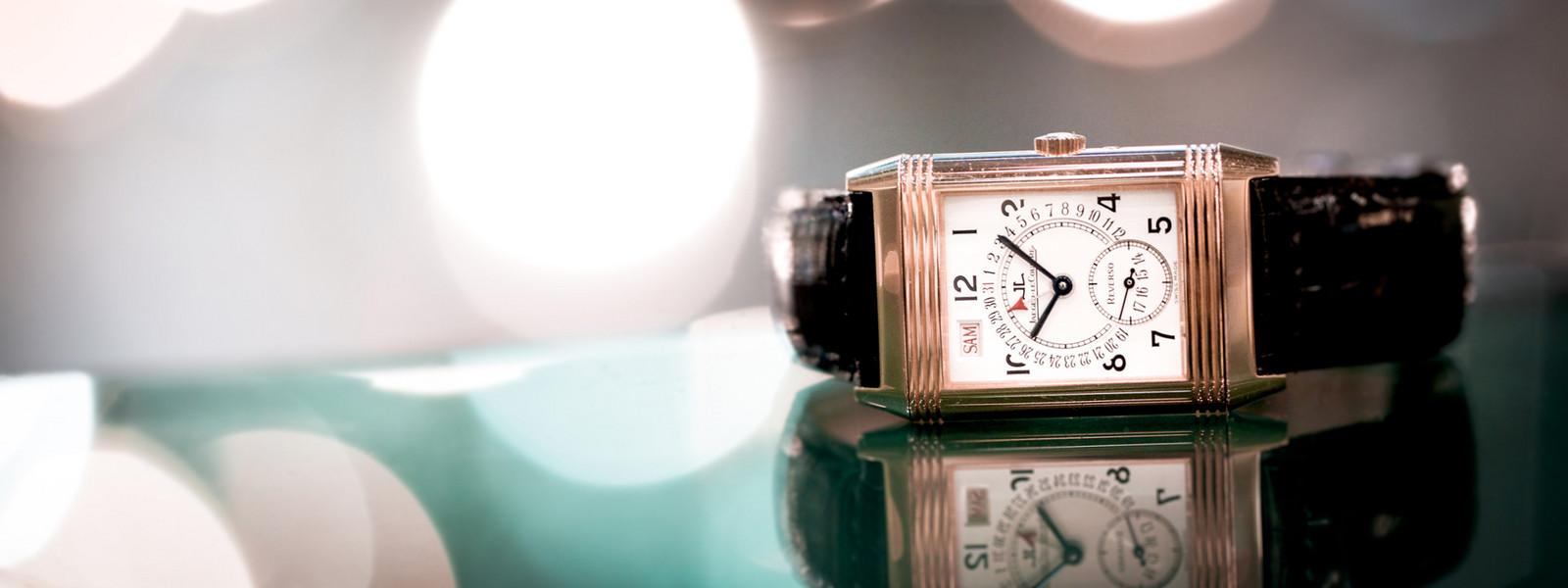Jaeger-LeCoultre
Charles- Antoine LeCoultre
The grandfather of the "Grande Maison" was Charles-Antoine LeCoultre. He founded the company together with his brother Ulysee LeCoultre in 1833 in the Swiss town of Le Sentier.
In 1888 the manufactory already employed 500 people and produced 40 watches every day. Towards the end of the 19th century, they supplied the already famous manufactory - Patek Philippe - with simple movements and complication calibers. From 1890, the manufactory began to produce so-called major complications, that are, timepieces that contain three important watchmaking functions.
Antoine LeCoultre was a terrific inventor, for example - he invented the "millionometer" - an instrument that made measurements with an accuracy of one thousandth of a millimeter, or the double function of the crown for the winding of the movement and the setting of the pointers. The silent regulators for the repeater watch and the calibre 101 - with a weight of barely one gram, also testify its high spirit of invention.















